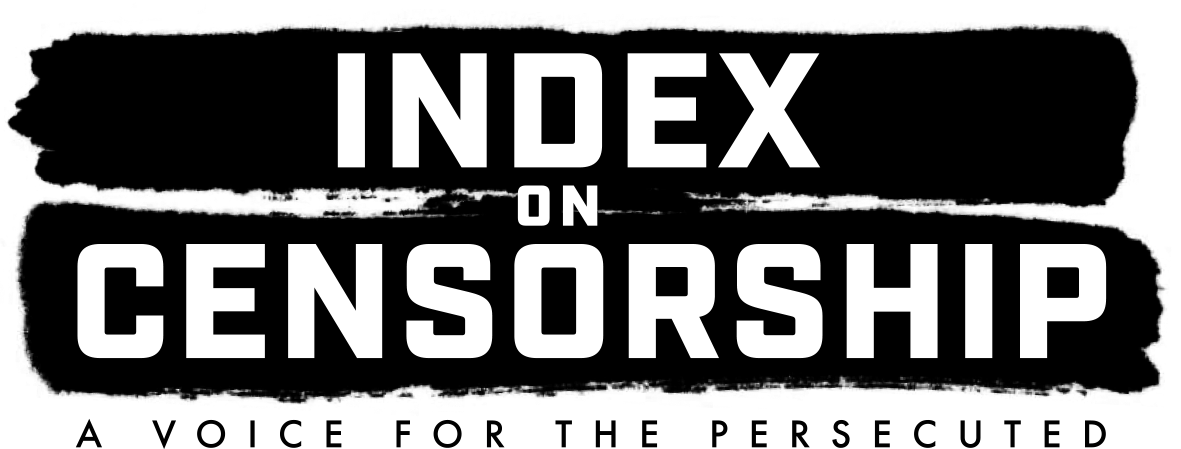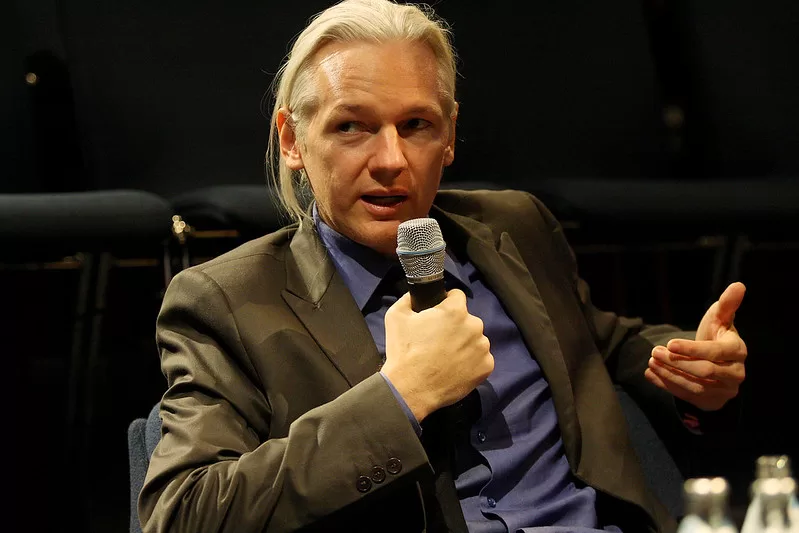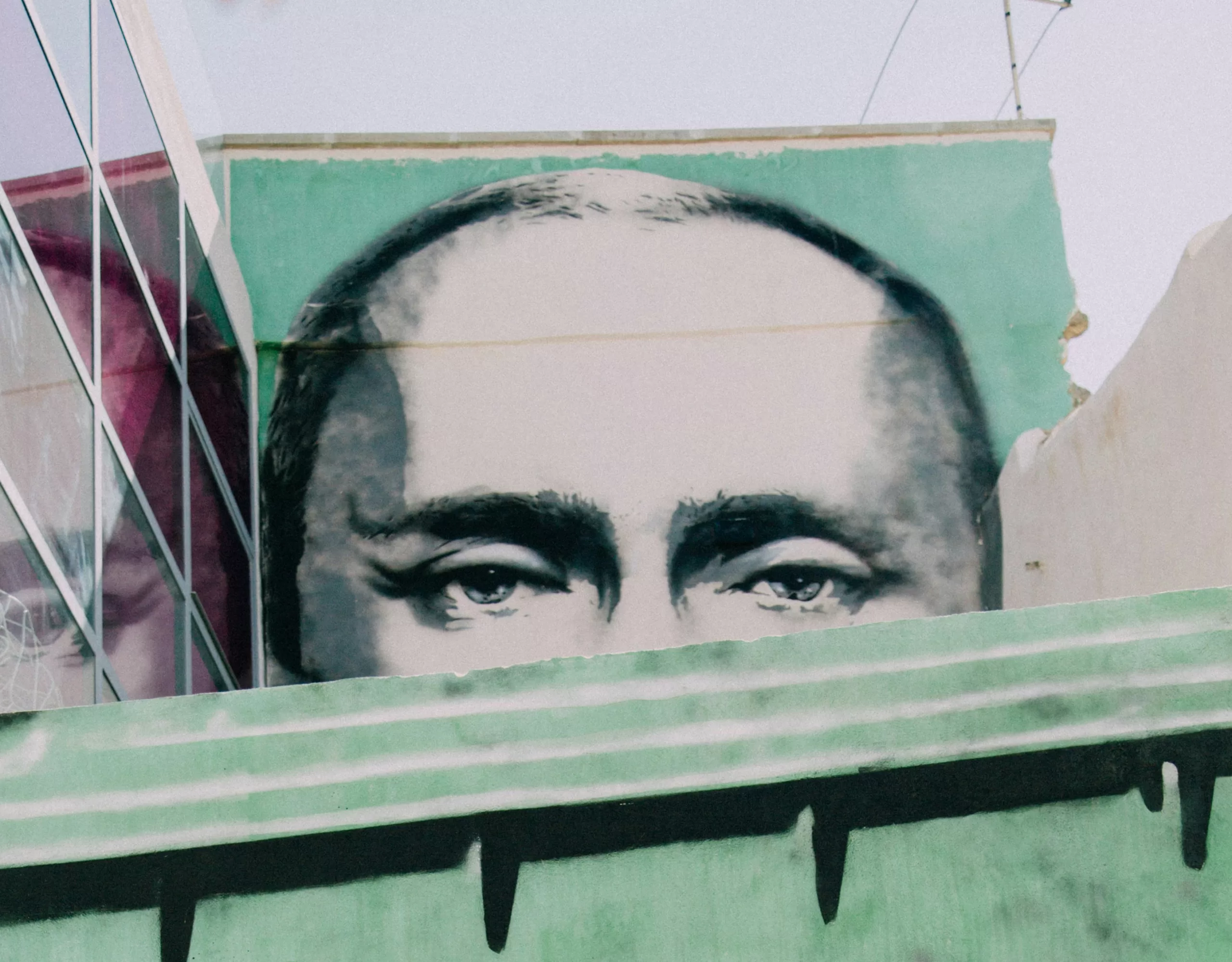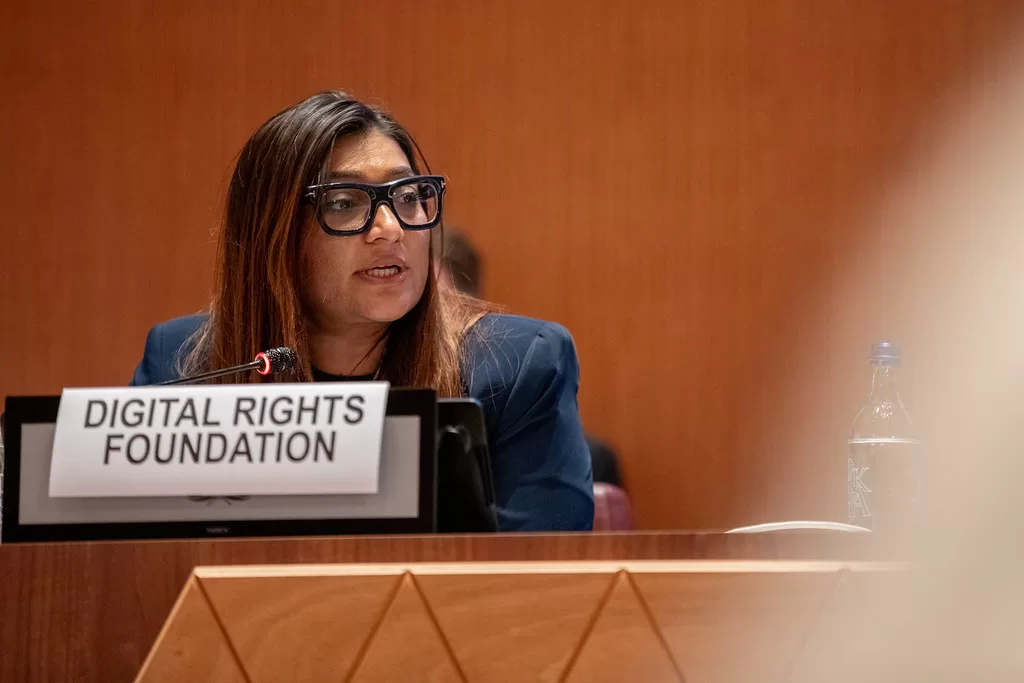 Threats to reporters from government and criminals are making investigative journalism impossible, writes Deborah Bonello
Threats to reporters from government and criminals are making investigative journalism impossible, writes Deborah Bonello
In February this year, the car of Mexican journalist Estrada Zamora was found empty on the side of the road in the southern state of Michoacán with its engine running. Zamora was not inside and has not been seen since.
A few days earlier Francisco Ortiz Monroy, a reporter for the Mexico City-based daily Diario de México was shot dead, apparently by hitmen, in the municipality of Camargo in Tamaulipas, a state near the US border.
These are only the latest in a litany of murders and crimes of aggression against journalists in Mexico, which in 2006 earned itself the ignoble title of the most dangerous place to work as a journalist after Iraq from Reporters Without Borders. 2007 wasn’t much better, and as the above shows, 2008 is also shaping up to be a fatal year for some in the profession. Three journalists were shot dead in a single week in February.
A report last week by Mexico’s Center for Journalism and Public Ethics (CEPET) found that three out of ten attacks on journalists can be traced back to ‘parallel powers’ such as the narco-trafficking networks and other organised crime groups operating in the country. The report defines ‘parallel powers’ as ‘groups of individuals who may exist legally or illegally, and who influence decision making by exerting pressure on the authorities, more often than not resorting to violent methods’.
The research makes a good start on the problem, but doesn’t explain the root causes behind the other two-thirds of attacks. It also fails to acknowledge the role that Mexican officials — mostly state government officials and police outside of Mexico City — play in repressing and harassing journalists.
Speaking to MexicoReporter.com in October last year, the head of Article 19’s Mexico Programme Dario Ramirez said: ‘The Mexican government is one of the main perpetrators of violence against journalists in the country and complicit in its continuance.’
Putting the blame on the shoulders of Mexico’s big, bad narco-traffickers helps keep the spotlight off the significant role the government plays in the harassment of journalists. Only this week, reports from NGOs in the country show how those who criticise the way the government does things stand to suffer.
The National Center for Social Communication (CENCOS) in Mexico City reported that journalist Sanjuana Martínez Montemayor, who won Mexico’s National Award for Journalism in 2006, was dismissed by her employer Mileno at the start of March, a week after publishing an article that criticised the federal government’s handling of the case of Ernestina Ascención Rosario, a 72-year-old indigenous woman who died after allegedly being gang-raped by Mexican soldiers.
The same NGO also reported this week that Libre en el Sur, a local free monthly newspaper distributed in the Benito Juárez district of Mexico City, has been harassed and pressured by the district’s delegate, Germán de la Garza, and members of his team, for publishing interviews and articles critical of his administration and of the use of public funds. In addition, the district authorities have not renewed their advertising contract with the newspaper for 2008.
The case of Lydia Cacho, a Cancun-based journalist who was arrested and tortured by Puebla police after she published a book documenting a child sex ring in her home state, has made the writer a poster-girl for the repression of freedom of expression in Mexico.
Cacho’s case highlights the fact that organised crime networks and government officials are very often in collusion. Mario Marin, the state governor of Puebla, was implicated in the case; recorded telephone conversations between him and a close associate of one of the alleged heads of the sex ring showed him laughing and joking about her arrest, as well as suggesting that Cacho should have been raped during her illegal transfer from Cancun to Puebla.
Mexico’s highest legal body — the Supreme Court — rejected a report by its own commission last year that found that Marin and 29 of his officials had conspired to violate Cacho’s rights and ruled that her rights were ‘not violated enough’ for action to be taken against him and his associates. Incredibly, Cacho was advised by the UN High Commissioner of Human Rights, Louise Arbour, that she should get out of Mexico to avoid more rights violations when the Commissioner visited Mexico in February this year.
Whether it be by organised crime networks or state officials, the harassment of and violence against journalists in Mexico is a huge problem. Crucially, the government is failing to address the attacks and bring its perpetrators to justice. Dr Agnes Callamard, executive director of Article 19, said in a statement that the impunity enjoyed by those responsible for violence against journalists is ‘one of the most alarming characteristics of the overall human rights situation in Mexico’.
Such impunity means that the only way journalists and media workers can protect themselves is by not covering certain subjects and by not criticizing the powers that be — legal or illegal.
Self-censorship is now practiced widely by the media in Mexico to avoid problems. In May last year, Cambio, in the northern state of Sonora, closed its doors after two grenade attacks and what its editor said was a failure on the part of the government to protect its 250 employees.
In February 2006, the offices of El Mañana newspaper in Nuevo Laredo were attacked by men wielding grenades and assault rifles. A reporter was left paralysed, and the paper later announced that it would cease producing investigative reports on drug trafficking.
Leonarda Reyes, director of CEPET in Guadalajara, told MexicoReporter.com that the media in Mexico has stopped actively covering security, the drugs trade and events linked to that issue and now only publish what is said in press conferences and press releases.
The situation does not look set to improve until the impunity enjoyed by those who attack, threaten and kill journalists is lifted. Until then, the vicious cycle of violence and self-censorship will continue.
Deborah Bonello is a freelance journalist based in Mexico City. www.MexicoReporter.com




